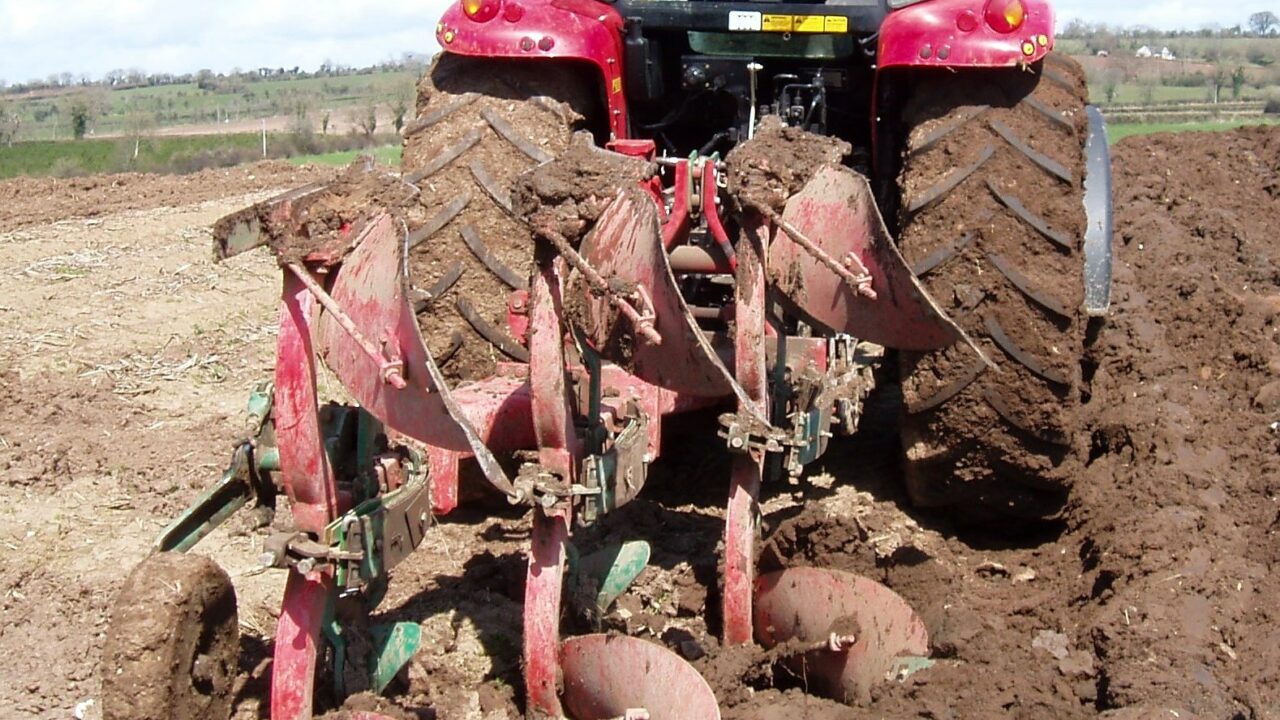Good productive soils are the foundation of any successful farm system. The ability of soils to supply nutrients at a time and in appropriate quantities for grass and crop growth is a key determining factor of how productive a field or farm can be. Therefore, the management of soil fertility levels should be a primary objective on any farm.
“Fertiliser costs account for approximately 15-20 per cent of the total variable costs on dairy farms,” Teagasc’s Stan Lalor told AgriLand.
“Fertiliser costs represent good value for money when used correctly. However, fertiliser application rates that are either too low, too high, or not in balance with other soil fertility factors will yield lower returns on the investment made.
“With fertilisers becoming more expensive, it is vital that each kilo of fertiliser is managed as efficiently as possible with maximum return in grass growth and milk production. Two steps are required in order to achieve this: taking soil tests and using the results to plan fertiliser and lime applications. Both of these steps are equally important.
The Teagasc advisor went on to point out that a soil test is an indicator of the background soil fertility levels of pH, P and K and also Mg and trace elements where required.
“Soil sampling and analysis is not a new technology,” Lalor further explained.
“However, it is important to remember that the primary function of soil testing on the farm should be to inform a farmer of the soil fertility status and to plan fertiliser applications. This is particularly true in the case of lime and potash, which are not included in the Nitrates regulations.
He continued: “Soil sampling and analysis cost money. Therefore, it is critical to ensure that the samples are taken correctly so that the results are accurate and usable.
“Soil pH is the first thing to get right. Due to the relatively high rainfall in Ireland, it is a natural process for soils to become acid and for soil pH to drop. Regular applications of lime are required to counteract this natural process.
“The optimum soil pH for grassland is at or above 6.3. It is recommended to apply lime to raise the soil pH to 6.5, so that the lime application will maintain soil pH for a number of years. Where soils have a risk of having high molybdenum content, it is advised not to raise the soil pH above 6.2 to reduce the risk of copper deficiency.
“The release of nutrients from the soil and the response to applied fertilisers will be reduced where the soil pH is low (or high). In the case of P, soils with low pH will tend to lock up P and make it unavailable.
“Applying additional P fertilisers in this case is poor value for money for two reasons, as firstly, the low pH means that the potential of the soil to release P is not fully realised, and secondly, the availability of the P fertiliser applied will be reduced.”
Lalor concluded: “There is no point applying additional fertiliser to soils where the underlying problem is soil pH. Therefore, correcting and maintaining the soil pH should be first consideration in soil fertility management.”
The Teagasc advisor is taking part in a new joint initiative, smartfarming.ie. Smart Farming is an new initiative, which highlights ways that farmers can reduce farm bills and maximise output through better resource management. Among the agencies taking part include Teagasc, the Environmental Protection Agency and the Irish Farmers Association among others.
Over the coming weeks, AgriLand will feature interviews with the many speakers and advisors of this new initiative, Smartfarming,ie.
Image Shutterstock
